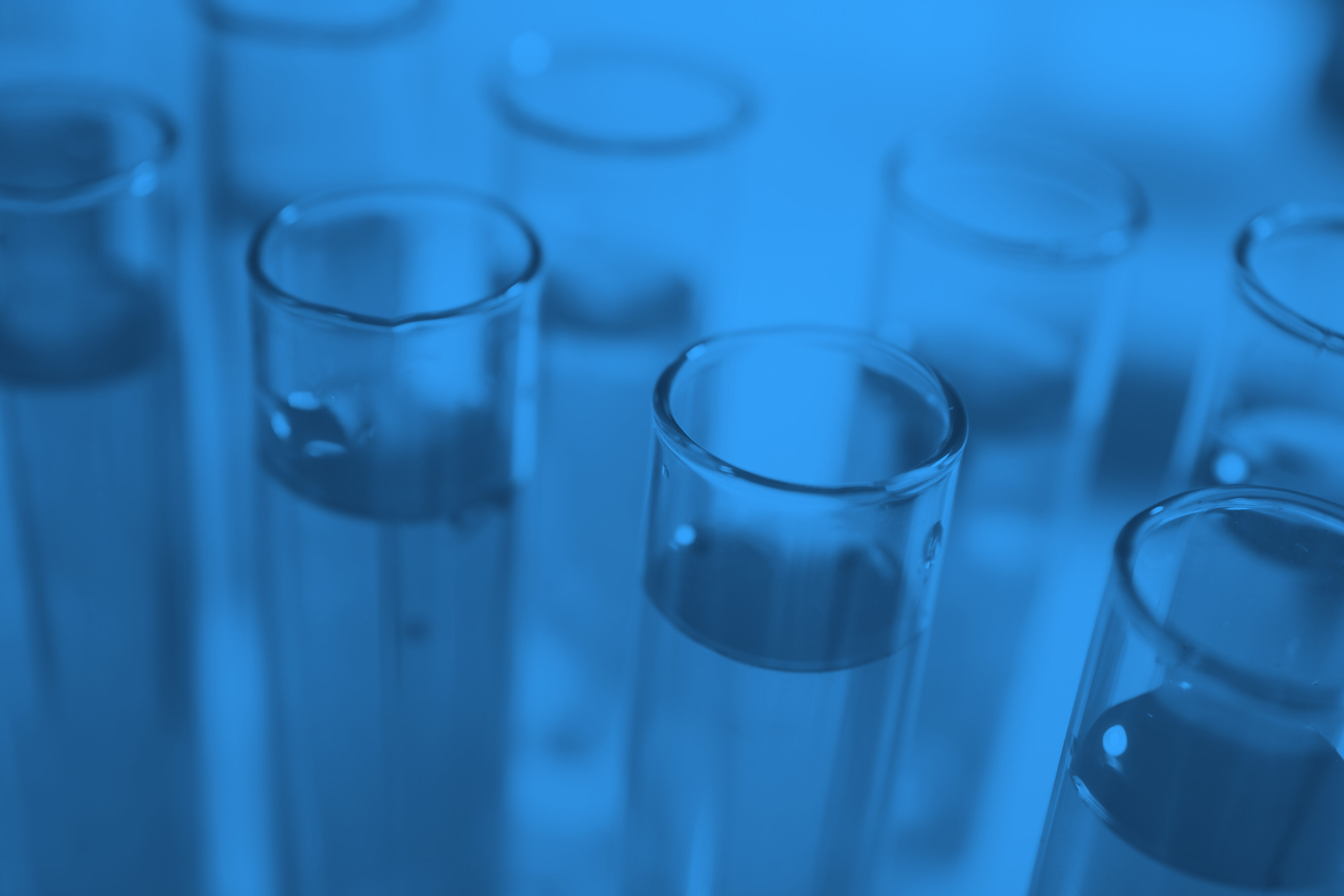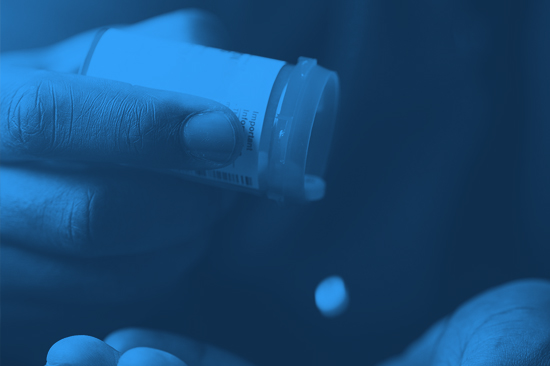Ending the Opioid Epidemic
with Wastewater Intelligence

Wastewater intelligence data provides actionable insights that can save lives and improve community health.
The opioid crisis in the United States can’t be understated. An estimated 109,680 drug overdose deaths were recorded in 2022 alone according to the CDC – 300 Americans each day. Wastewater-based epidemiology provides comprehensive and anonymized data on all individuals in a community. The data can be used to establish true baseline consumption levels, characterize potentially harmful surges in use, and inform the implementation of proactive, evidence-based interventions to reduce both consumption and overdose deaths.
Wastewater analysis is also faster and more reliable than traditional substance use data sources such as administrative health, hospitalization, and mortality records, which may be delayed and capture a small subset of individuals using high-risk substances. Biobot measures biomarkers for cocaine, fentanyl, methamphetamine, nicotine, and even the latest adulterant – xylazine – in wastewater, and provides actionable data for stakeholders. Our highly sensitive laboratory assays measure the concentration of these substances and their metabolites in wastewater, making it easier to distinguish between changes in consumption and incidences of substances being discarded into wastewater.

Ready to speak with our experts?
Learn more about wastewater analysis plans, how to implement testing programs and how Biobot Analytics can help improve the health of your community.

Why Measuring High-Risk Substance Use Matters

Wastewater samples represent the entire community and are naturally aggregated, making data anonymous.

Monitoring wastewater gives a comprehensive and equitable picture of substance use trends in communities.

Currently, high-risk substance data is delayed by months or even years. Wastewater data provides timely insights on usage to inform real- time response.
Our Work

Biobot partnered with Cary, North Carolina’s local leaders to provide timely and comprehensive data on substance use trends. This data helped Cary officials target their community outreach efforts and reduce the number of opioid overdoses — reducing overdoses by 40%. More inclusive than traditional public health indicators, the data distinguished between “parent drugs” (unconsumed drugs) and their metabolites (consumed). This allowed Cary officials to get a more accurate picture of the opioid problem in their community. Cary was able to take bold and informed action in their overdose reduction strategies that helped save lives.
Why Biobot?
Biobot uses a highly sensitive and specific method called solid phase extraction (SPE) to extract and liquid chromatography tandem mass spectrometry (LC-MS/MS) to detect and quantify biomarkers indicative of substance use. Importantly, Biobot monitors for both the parent drug and metabolite to help communities contextualize substance use and deploy the most effective interventions in their community.

Timely Usage Data
Get timely insights of high-risk substance use before traditional monitoring measures like surveys, hospitalizations, and deaths. This early warning system can empower public health officials to respond real-time and work towards ending the opioid epidemic.

Cost Effective
It can provide an overview of the scope of the true burden of high-risk substances for a fraction of the time and costs of monitoring methods that are used today.

Comprehensive Coverage
Get a comprehensive picture of high-risk substance use, which is often far underreported in survey results, in the community.

Flexible
Pivot to track the emergence and spread of new high-risk substances, or monitor usage in communities that may not have previously been impacted by the epidemic.

Equitable and Anonymous
Sewage gives everyone a voice. It’s not reliant on an individual’s access to or use of healthcare, and provides a holistic and inclusive view of disease trends.

Rapid Results
With high-risk substance use, every moment matters. Our lab quickly provides results within a week after sample receipt.
Want to end the opioid epidemic?
Get in touch today to learn more about how Biobot’s tested and trusted wastewater monitoring can save lives.